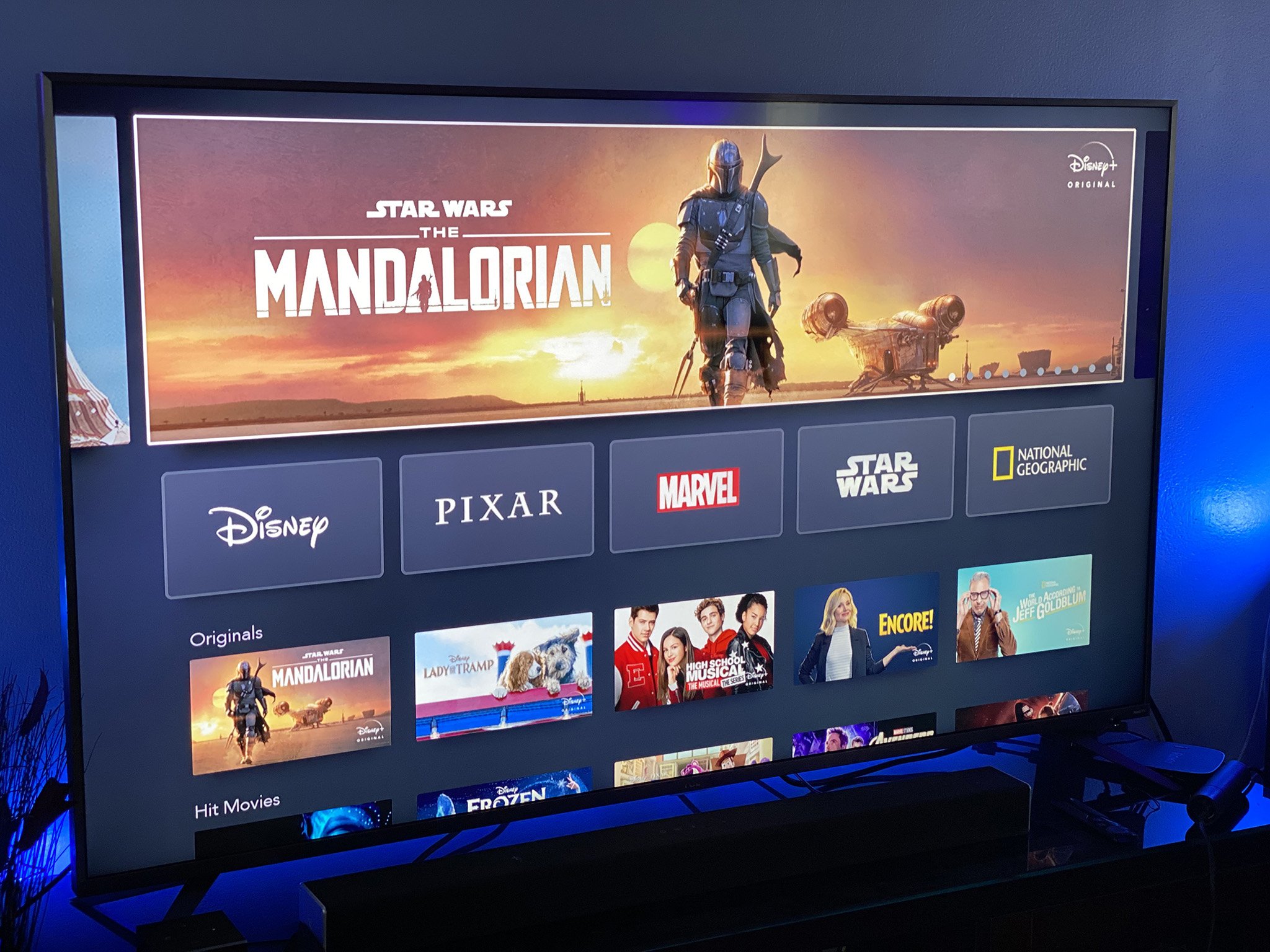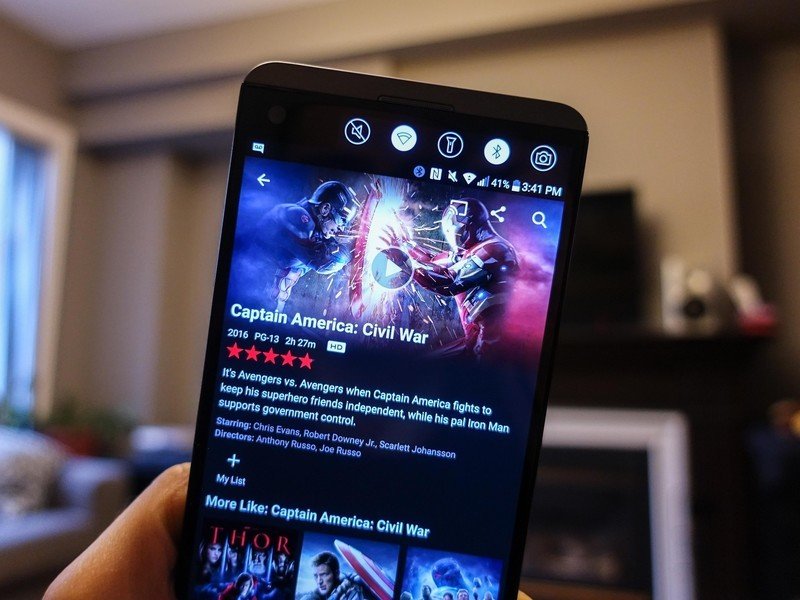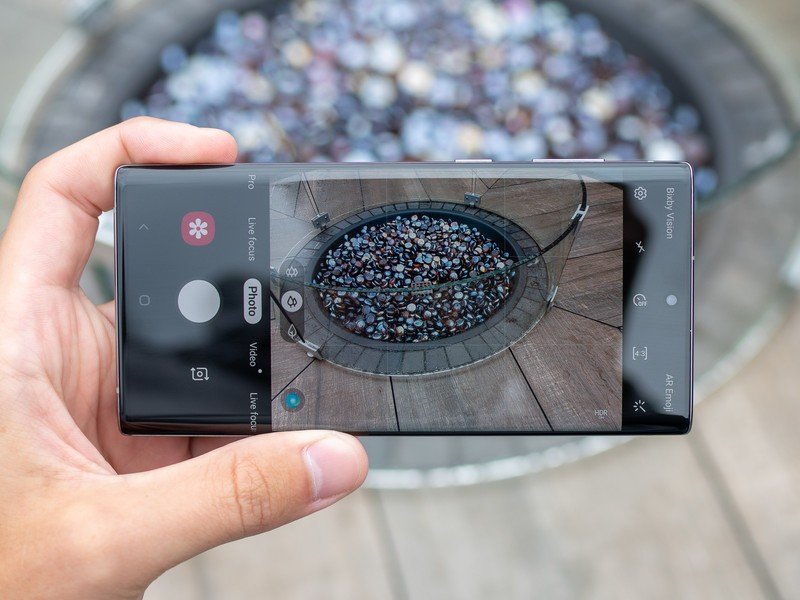This new codec will cut video file sizes in half so you can stream even more

Almost everyone loves watching a high-resolution video now and then, and since a global pandemic is keeping us all home more than we would like, it's happening a lot more often.
There is one big problem, though — the file sizes of a 4K or 8K video mean that factors like network congestion, data caps, and overall connection speed can lead to a less than enjoyable time. We've all been there; just when things were getting exciting, your video buffers. Yuck.
Buffering can ruin a good movie as quickly as a bad actor can.
It's easy to blame Verizon or Comcast or whoever when it happens. I know it's easy because I do it all the time! But often, it's not your provider's fault because the file sizes and streaming requirements of high-resolution videos are so high that a wireless or even traditional copper network just can't handle more than a few people doing it in the same area.
Fraunhofer, the group that brought us the current H.264/265 standards, has what it thinks is the solution: H.266, also known as VCC (Versatile Video Coding).
50% smaller video that looks good is the science we love to see.
Fraunhofer says that videos encoded with the new H.266 codec will be about 50% smaller than the same video using the H.265 standard, and the new codec provides "equal perceptual quality" so we won't hate how it looks. Fraunhofer calls H.266 a "quantum leap in coding efficiency" and that sounds cool, but what does all this really mean?
What does this really mean?

As mentioned above, if everyone in your area is streaming video at the same time, everyone suffers equally. A network is designed to carry a specific amount of traffic and no amount if intelligent routing or switching can overcome the effects of overload. When your video is buffering because too many people are using the network, so is everyone else's.
More: How much data does streaming really use?
Be an expert in 5 minutes
Get the latest news from Android Central, your trusted companion in the world of Android
When you stream a video, you don't download the whole thing in one chunk. You download enough to fill a buffer that an application reads to show you what you want to see. As you draw from the buffer, the network fills it by continuously streaming it little by little.
When streaming a video, you need to fill a buffer as fast as you take it away.
But even "little by little" can mean a lot of data when each tiny slice of a video weighs in at a big size. The smaller the overall size of a video is, the smaller each tiny slice is, and your buffer can stay full while using less network bandwidth to keep it that way.
What's most important when watching a video — whether streaming online or watching a video you've taken yourself — is how good it looks. Fraunhofer is very specific with its wording here and says the new H.266 codec offers "equal perceptual quality." That's different from saying it actually looks the same and simply infers that we won't see the difference. That means that there can be slight artifacts or jitters that appear, but not enough to affect the overall quality, which is what really matters.
H.266 means the videos you take are smaller, too.
The new H.266 codec isn't just for streaming, though. Most every phone maker has already jumped on board with Fraunhofer, and we should be able to encode video we take ourselves with the new codec. That means you'll be able to fit more video on your phone's storage, spend less time and bandwidth uploading or sharing the videos you take, and use less storage space to keep them forever.
This alone is a major benefit of H.266. Even with phones checking it with 128 or even 256GB of storage, space on our phones is always at a premium. Having the same amount of content — Netflix offline, anyone? — using half of the storage space is a great idea.
When can I have this?

Fraunhofer says the chips designed to encode and decode H.266 are in development right now and that the initial version of the software component will be made available in the fall of 2020. That means your next phone or Android-powered TV or laptop might include support.
You can be certain that network operators and streaming services will be ready, too. H.266 is one of those things that looks to benefit everyone involved!

Get all the magical content you want — when the servers are working.
Disney+ finally brings together all our favorite shows and flms from Marvel, Star Wars, Pixar, Fox, and of course Disney in one easy-to-use service. Disney+ goes down less often than most streaming services, but it still happens from time to time.

Jerry is an amateur woodworker and struggling shade tree mechanic. There's nothing he can't take apart, but many things he can't reassemble. You'll find him writing and speaking his loud opinion on Android Central and occasionally on Threads.
